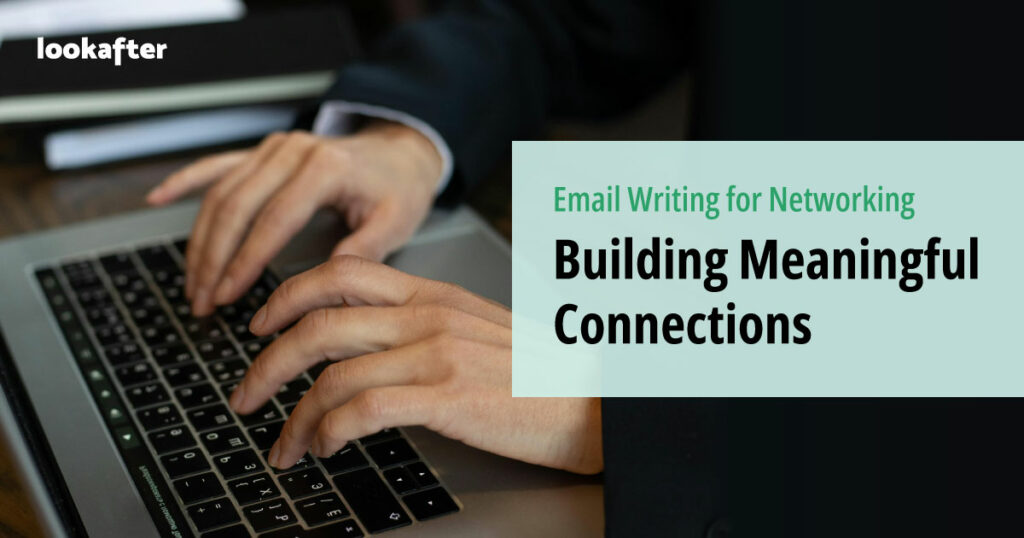Home > Empowering Tips > Email Writing for Networking: Building Meaningful Connections

Email communication serves as the foundation of modern networking, providing a powerful tool for establishing meaningful connections that drive growth and success. In today’s digital landscape, where virtual interactions shape the business environment, mastering the art of email writing is essential. From crafting captivating introductions to cultivating authentic relationships, effective email communication can be the catalyst for forging valuable collaborations, securing partnerships, and unlocking new opportunities. Here’s a guide to mastering the art of email writing for networking.
1. Personalization is Key
When reaching out to someone via email, it is crucial to personalize your message. Generic, mass-sent emails are often disregarded. Take the time to research the recipient and tailor your email accordingly. Reference their recent achievements, projects they’ve worked on, or articles they’ve written. Demonstrating genuine interest shows that you value the recipient’s time and expertise.
2. Keep it Concise
Business professionals are often overwhelmed with emails, so it is essential to respect their time. Keep your emails concise and to the point. Start with a brief introduction of yourself and your company, followed by the purpose of your email. Clearly state what you’re hoping to achieve from the connection and why you believe it would be mutually beneficial. Aim for a length that can be read in under two minutes.
3. Provide Value
Networking is about building mutually beneficial relationships. Instead of focusing solely on what you can gain, think about what you can offer in return. Whether it’s industry insights, a fresh perspective, or a potential collaboration opportunity, highlighting the value you bring to the table can make your email more compelling.
4. Craft a Compelling Subject Line
The subject line is the first thing the recipient sees, so make it count. Avoid generic subject lines like “Business Opportunity” or “Introduction Request.” Instead, be specific and intriguing. A subject line that highlights a mutual interest, a shared connection, or a potential benefit for the recipient is more likely to grab their attention.
5. Follow Up Strategically
If you don’t receive a response to your initial email, don’t be discouraged. People are busy, and emails can easily get lost in the shuffle. A polite follow-up email can serve as a gentle reminder. However, exercise caution not to be overly persistent or pushy. Wait at least a week before sending a follow-up, and if you still don’t receive a response, respect their decision and move on.
6. Proofread and Polish
Before hitting send, thoroughly proofread your email for any typos, grammatical errors, or awkward phrasing. A well-written email demonstrates professionalism and attention to detail, which can leave a positive impression on the recipient.
7. Be Authentic
Authenticity is key to building genuine connections. Avoid using overly formal or robotic language in your emails. Instead, let your personality shine through. Be sincere, personable, and approachable. People are more likely to respond positively to someone they perceive as genuine and relatable.
8. Respect Boundaries
While networking is about expanding your connections, it is essential to respect the boundaries of the individuals you’re reaching out to. Avoid bombarding them with multiple follow-up emails or expecting an immediate response. Recognize that everyone has their priorities and commitments.
In conclusion, mastering the art of email writing for networking can significantly enhance your ability to build meaningful connections as a business professional. By personalizing your messages, offering value, and striking the right tone, you can increase the likelihood of establishing fruitful relationships that contribute to your professional growth and success. So, the next time you draft an email, keep these tips in mind to make a lasting impression.